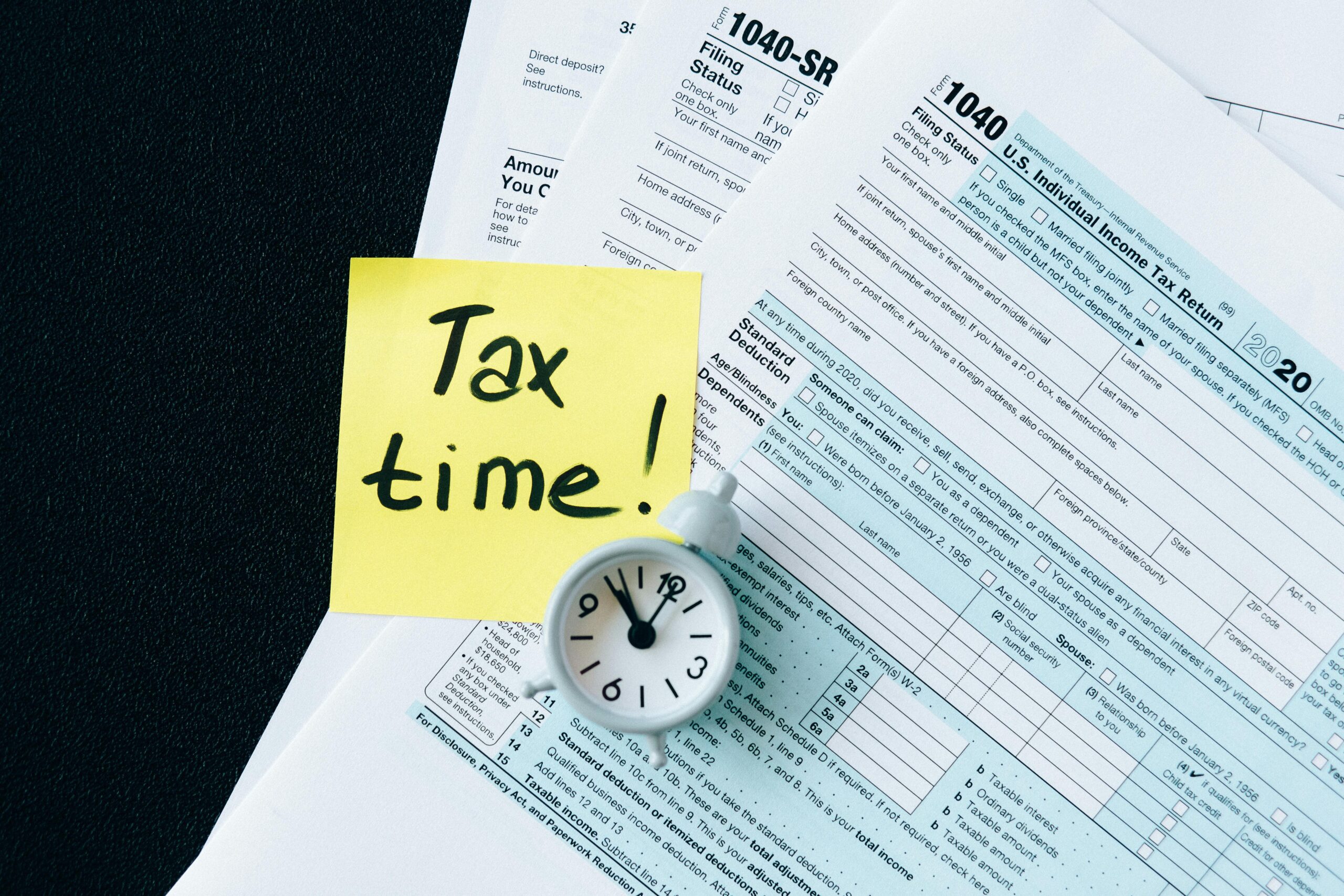
Tax season is here, and many people are eagerly anticipating their tax refunds. But how long does it actually take to receive one? The timeline can vary depending on how you file, whether your return contains errors, and whether the IRS needs additional verification. Understanding the process can help you plan accordingly and avoid unnecessary stress.
How Long Does it Take to Get Your Refund?
The time it takes for the IRS to process your refund depends on the method of filing. If you file your taxes electronically and choose direct deposit, your refund is typically processed within 21 days. This is the fastest and most efficient way to receive your money. On the other hand, if you file a paper return, processing can take at least four weeks or more. Because of the longer wait times, e-filing is generally recommended.
For those who need to make corrections or changes, amended returns require even more time. The IRS may take up to 16 weeks to process these adjustments, so be prepared for a longer waiting period if you need to amend your tax return.
What Can Delay Your Refund?
Several factors can slow down your refund. If you claim certain tax credits, such as the Earned Income Tax Credit (EITC) or Child Tax Credit, the IRS will hold your refund until mid-February for verification. Additionally, filing a paper return instead of e-filing can naturally extend the processing time.
Errors on your tax return, such as incorrect information or missing documents, can also lead to delays. If the IRS needs to review and correct any mistakes, your refund may take longer to process. Similarly, if you request special relief, such as injured spouse relief or if you file using an Individual Taxpayer Identification Number (ITIN) instead of a Social Security number, expect an extended wait time.
Other factors that could delay your refund include filing as a nonresident alien with Form 1040-NR, which can take up to six months to process, or receiving a large refund—amounts over $2 million generally require additional review by the IRS.
Refund Options
Once the IRS approves your refund, there are several ways you can receive it. The fastest and most secure option is direct deposit, which allows you to receive your refund directly into your checking, savings, or retirement account. You can even split your refund into up to three different accounts, giving you flexibility in managing your money.
If you prefer a more traditional approach, the IRS can mail you a paper check to the address listed on your tax return. Be sure to update your address if you have moved to avoid any issues. Some people opt to receive their refunds on prepaid debit cards, but it’s important to check with your bank or card provider to confirm if this is an option for you.
Additionally, some mobile payment apps allow users to receive direct deposit refunds, making access to your money even more convenient. You can also choose to deposit your refund into an existing IRA, such as a traditional, Roth, or SEP-IRA, which can help you grow your savings while benefiting from tax advantages.
Track Your Refund
To keep track of your refund, use the Where’s My Refund? tool on the IRS website. This tool gives you up-to-date information about your refund’s status and processing.
If you’re eager to know when your refund will arrive, the IRS provides a helpful tool called “Where’s My Refund?” on their website. This online tool gives real-time updates on your refund status, from processing to approval and payment. Checking this tool can give you peace of mind and keep you informed about any potential delays.
Looking Ahead
Navigating tax season can be stressful, but you don’t have to do it alone. L.V. Browne, CPA is here to assist with all your tax-related questions and concerns. Whether you need help filing your return, understanding your refund timeline, or managing business taxes, we offer a full range of services.
If you need guidance, don’t hesitate to reach out. Schedule a free consultation today and let us help make tax season a smoother experience for you!










